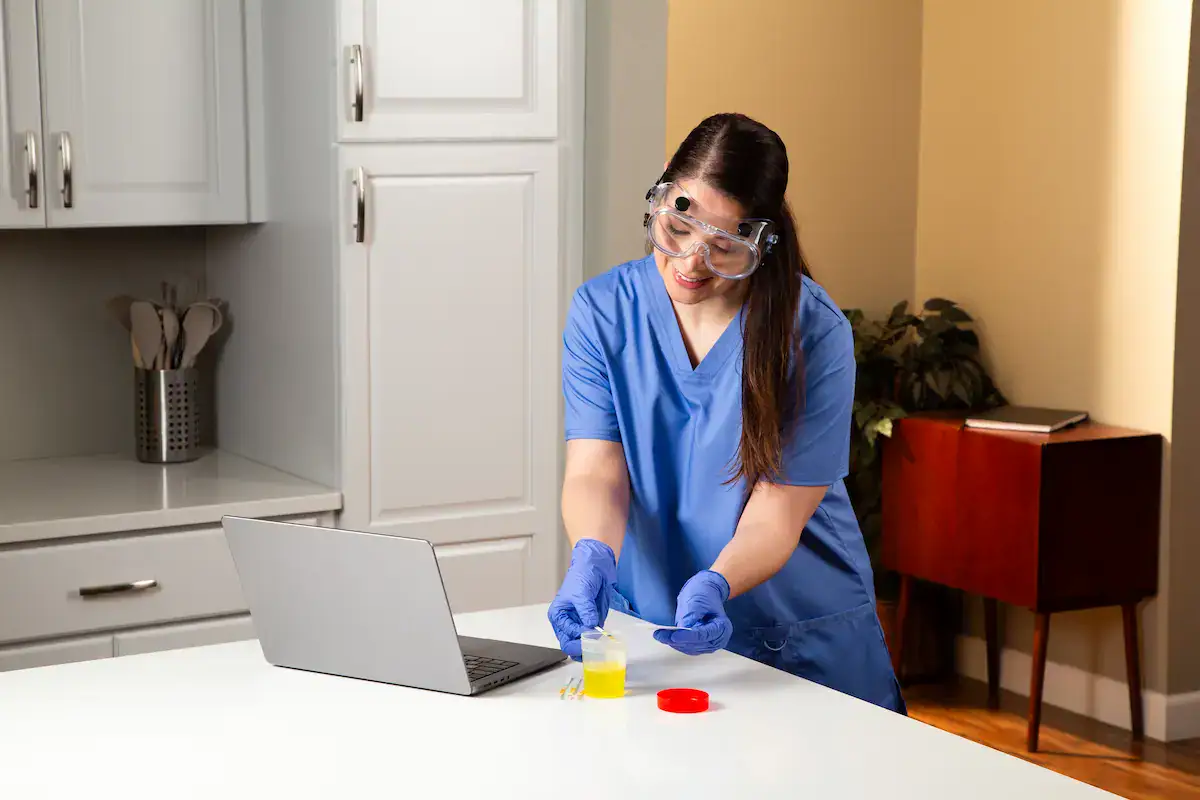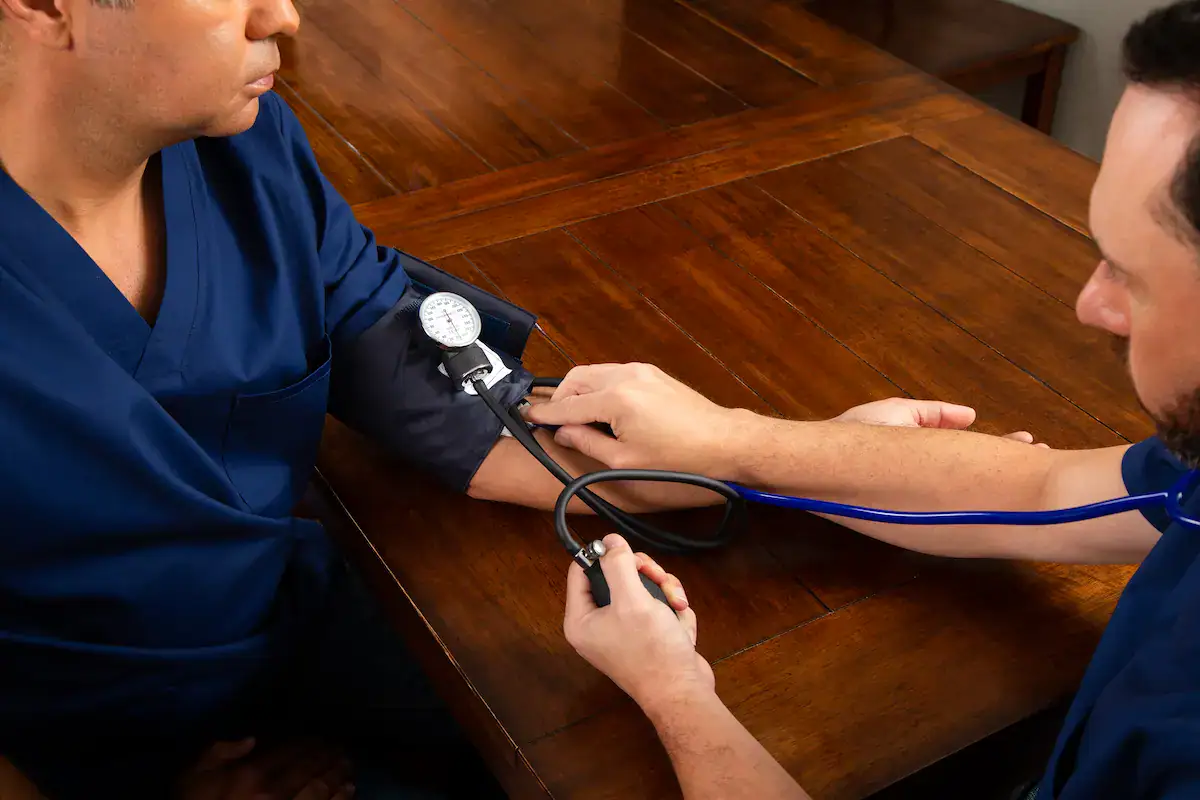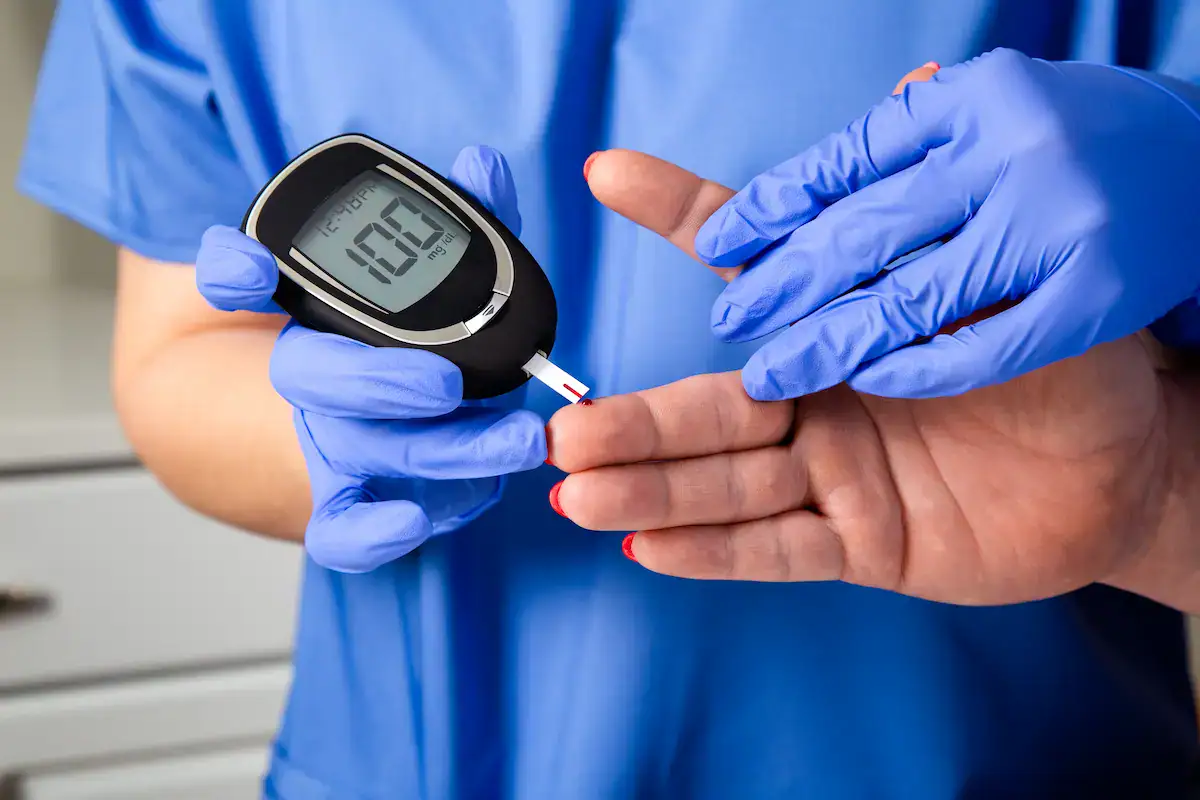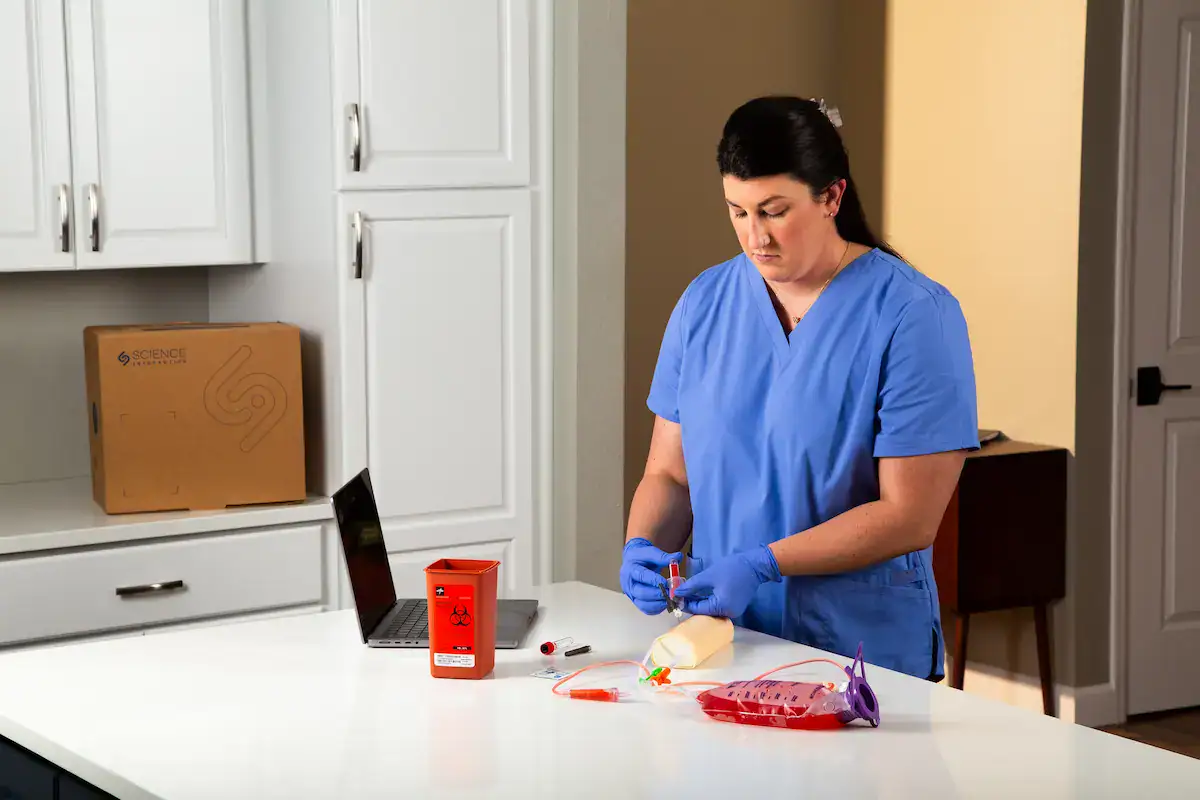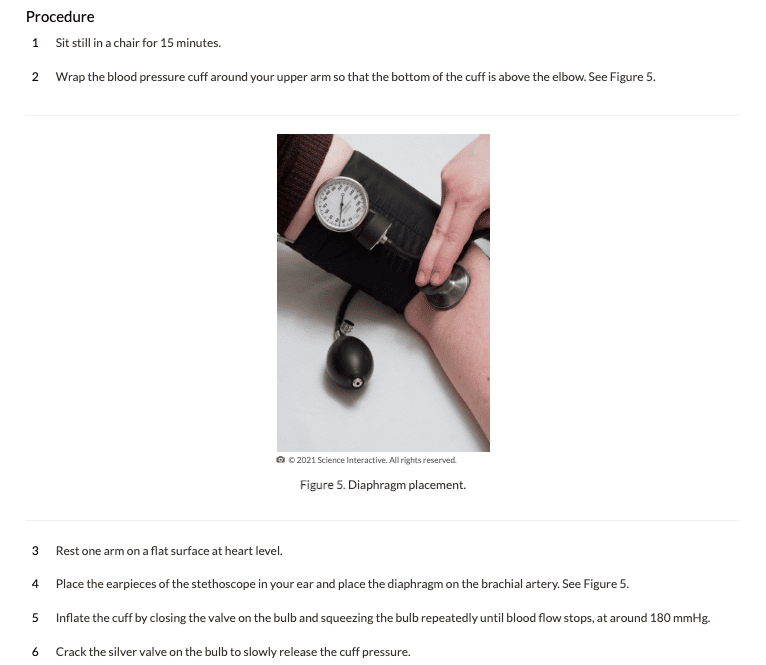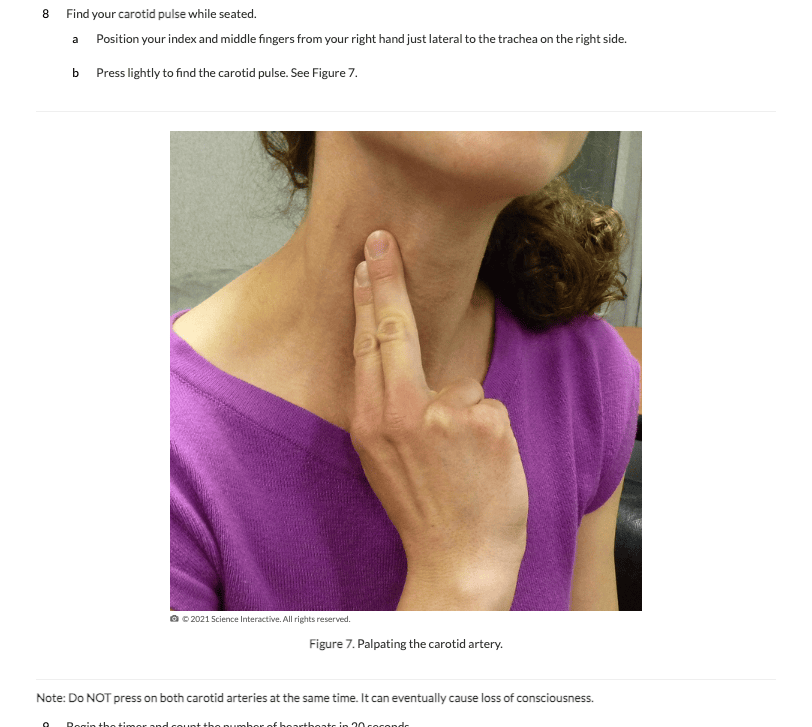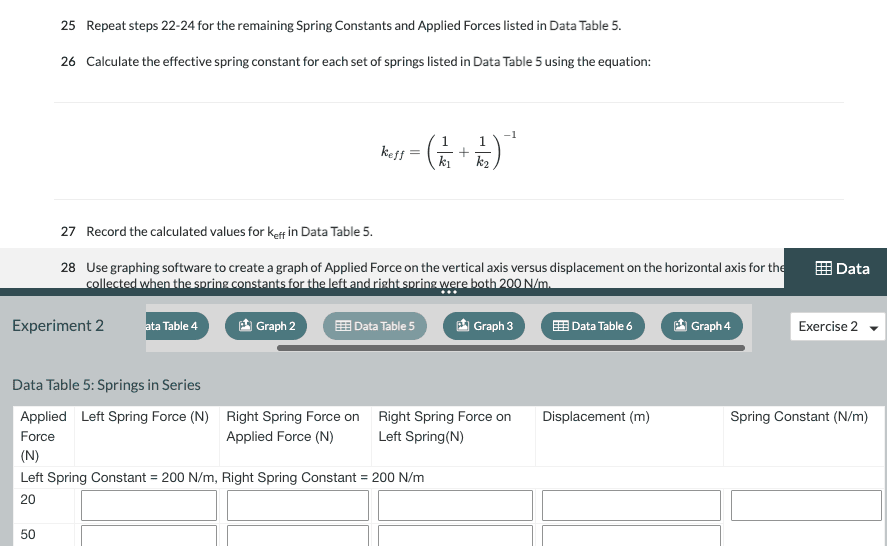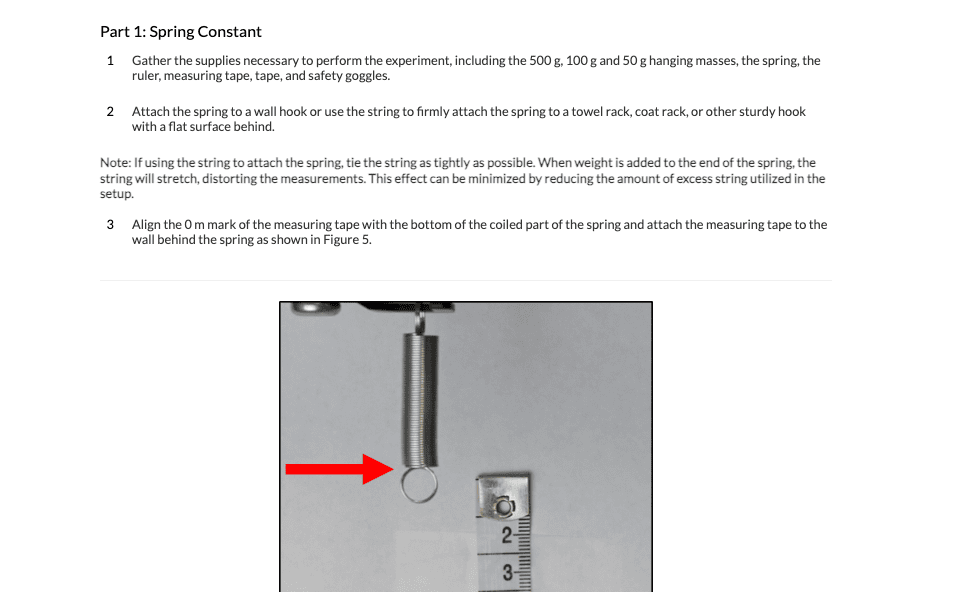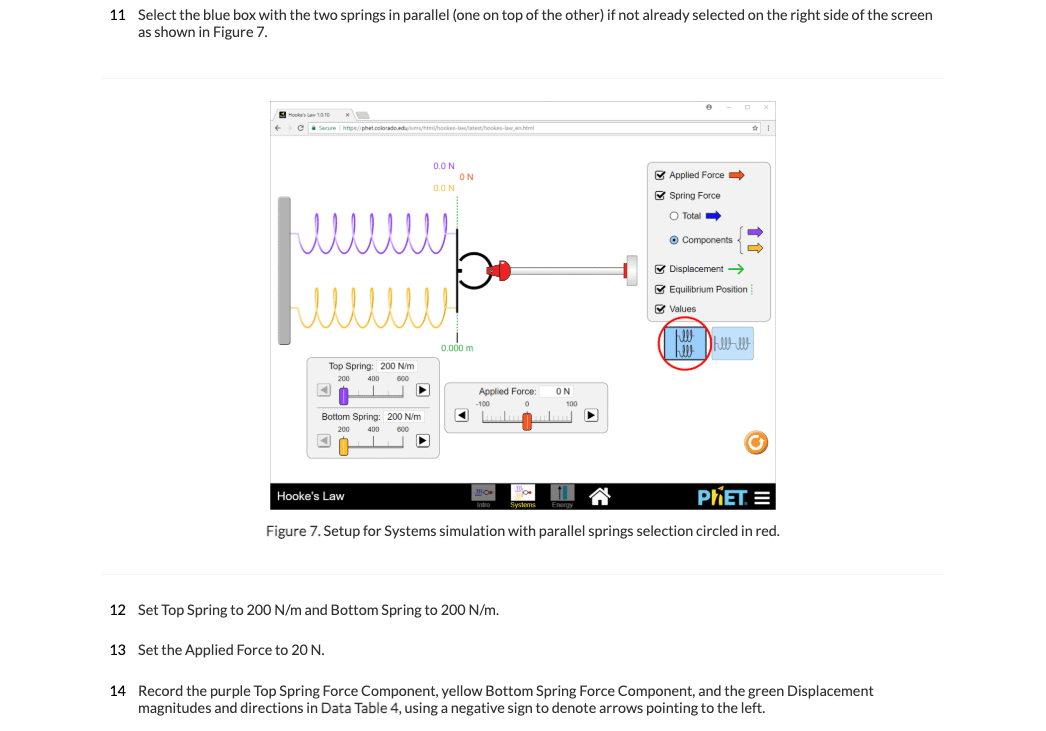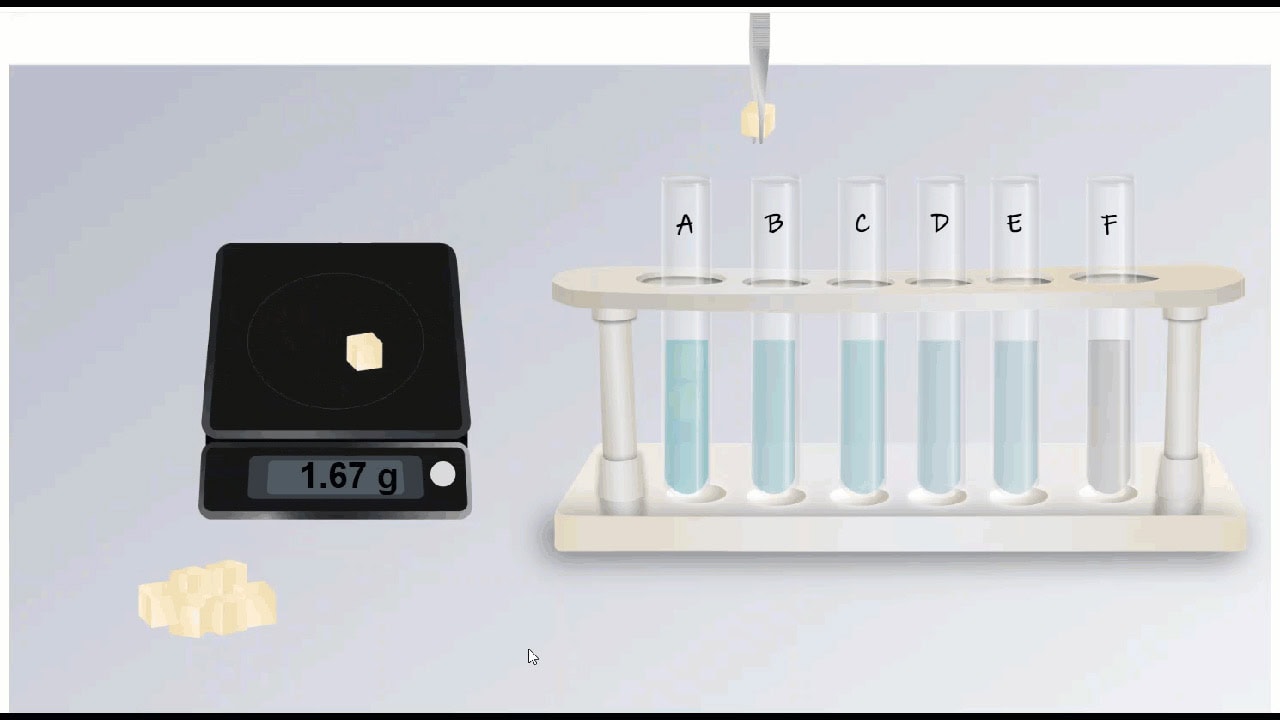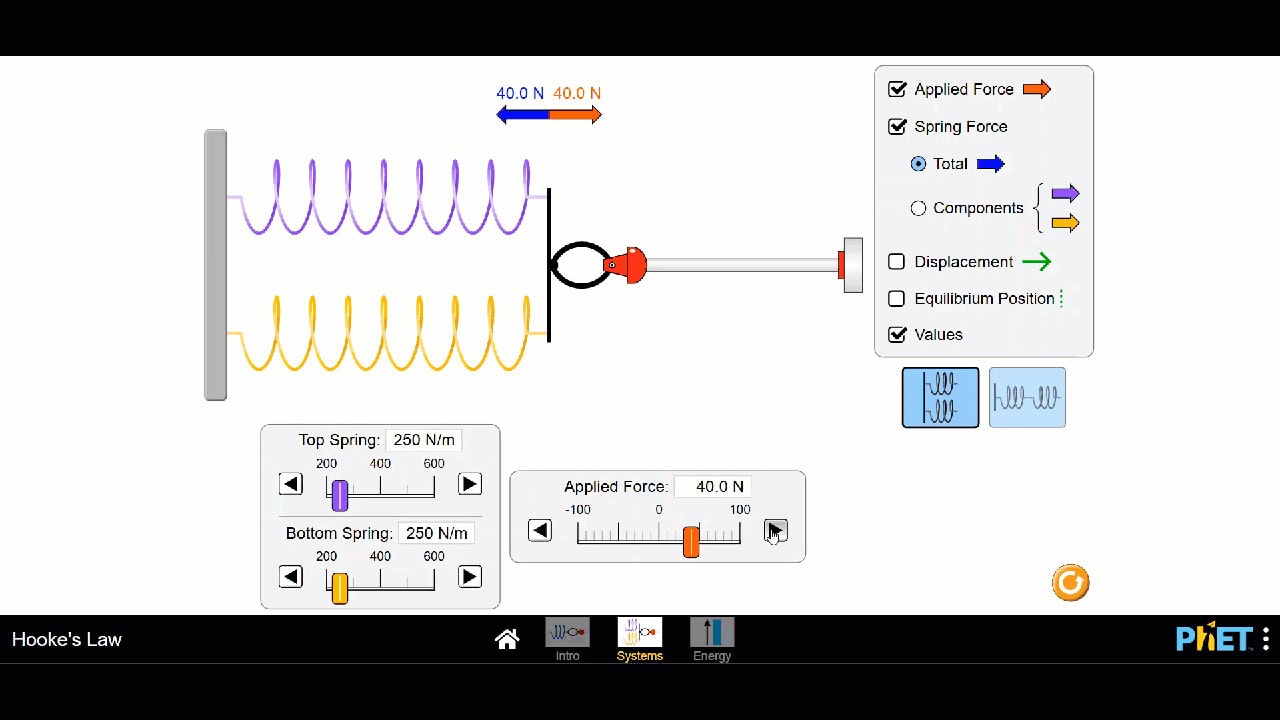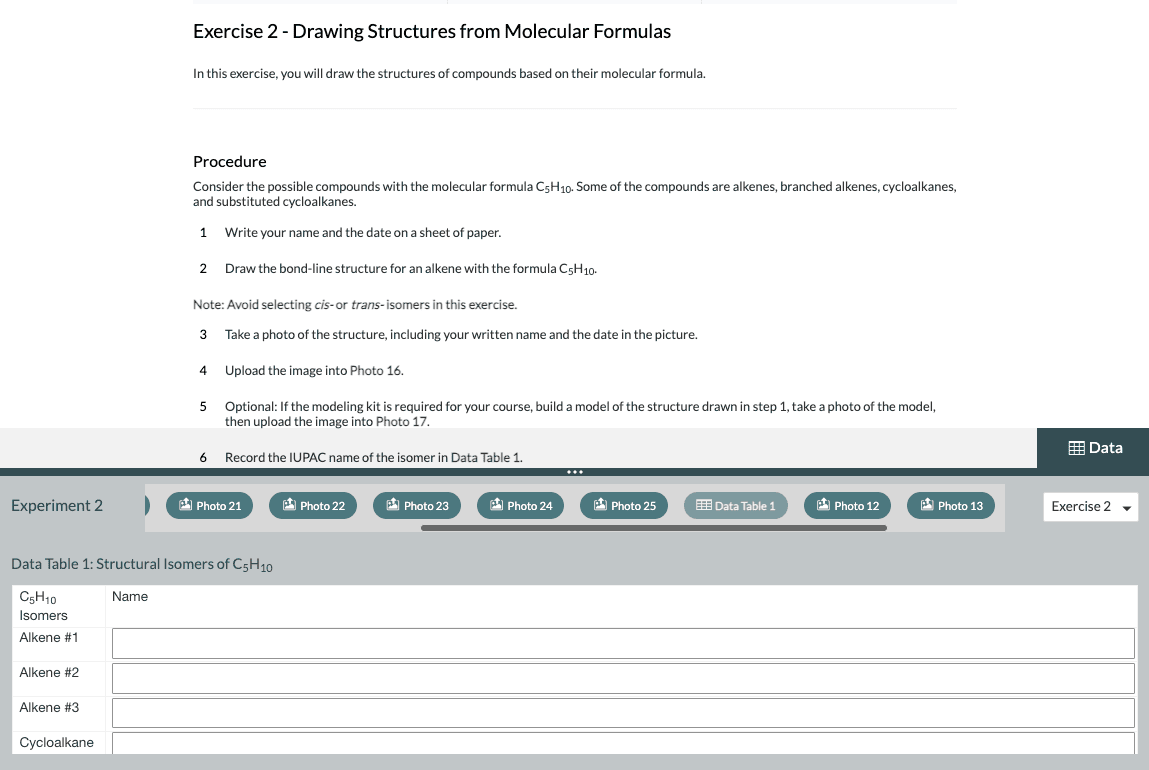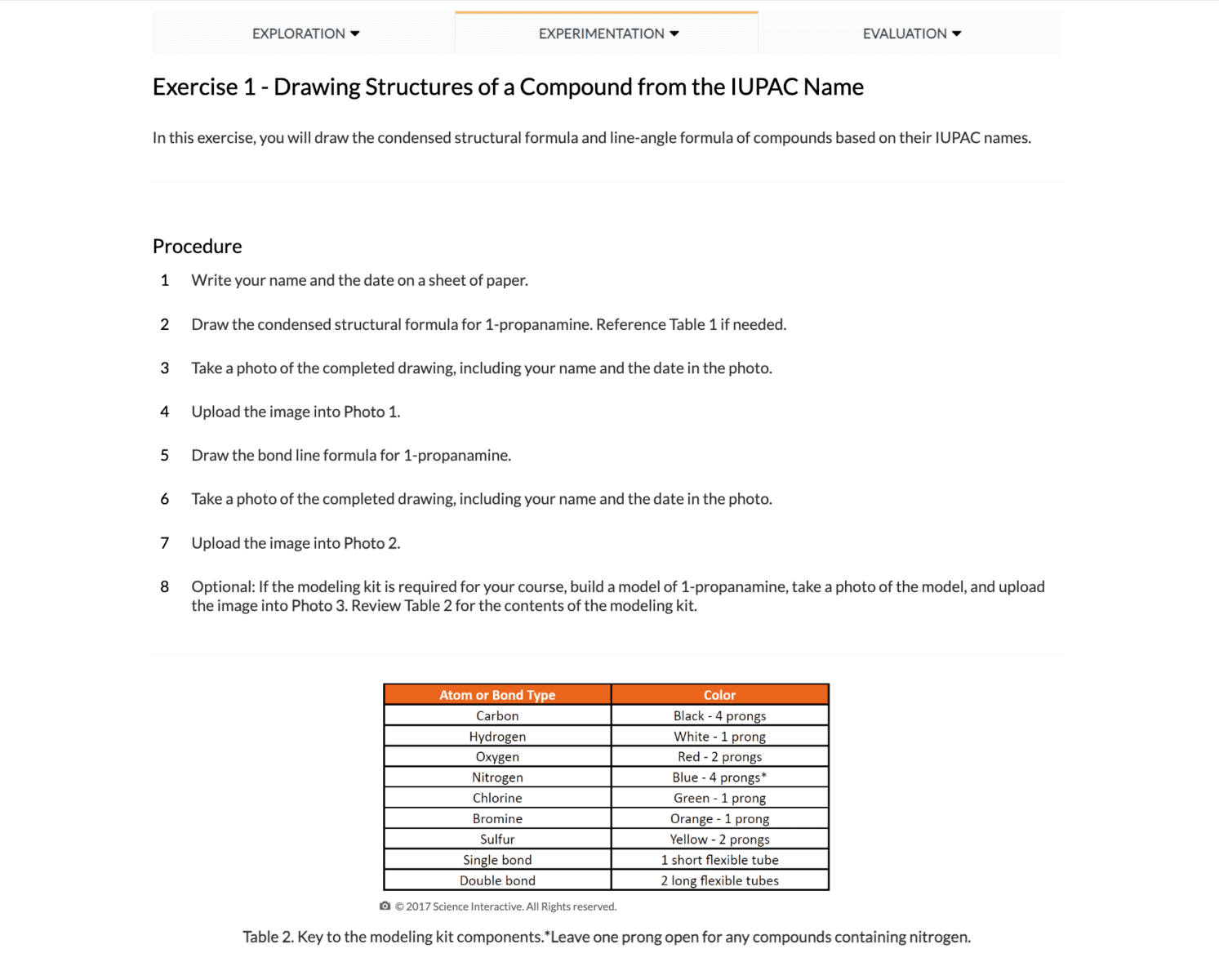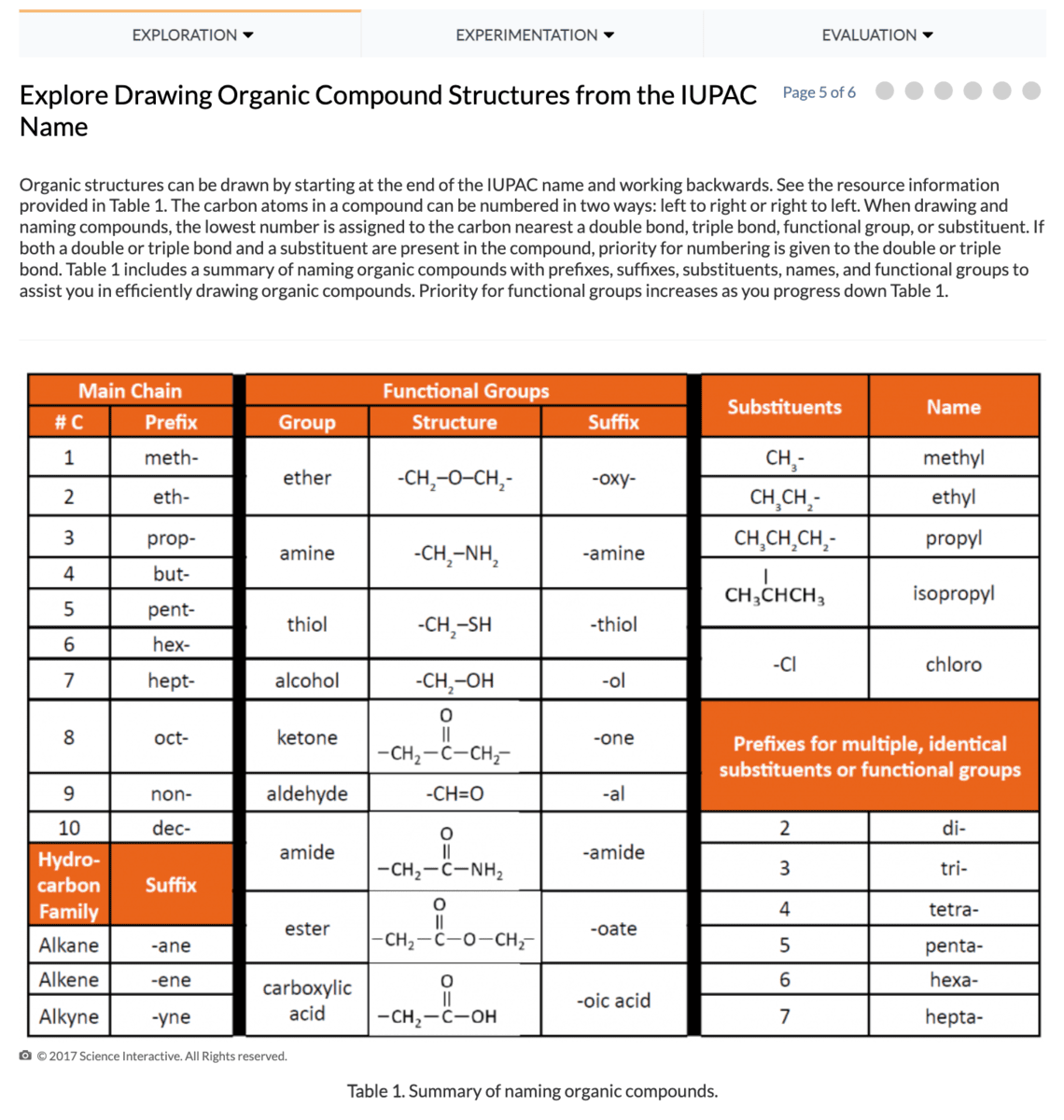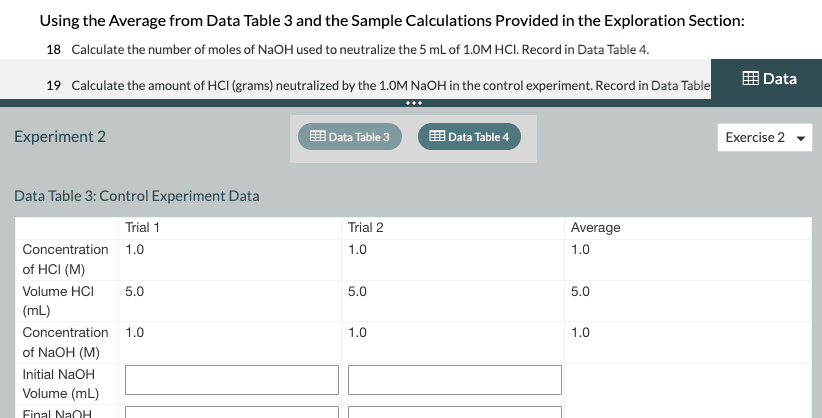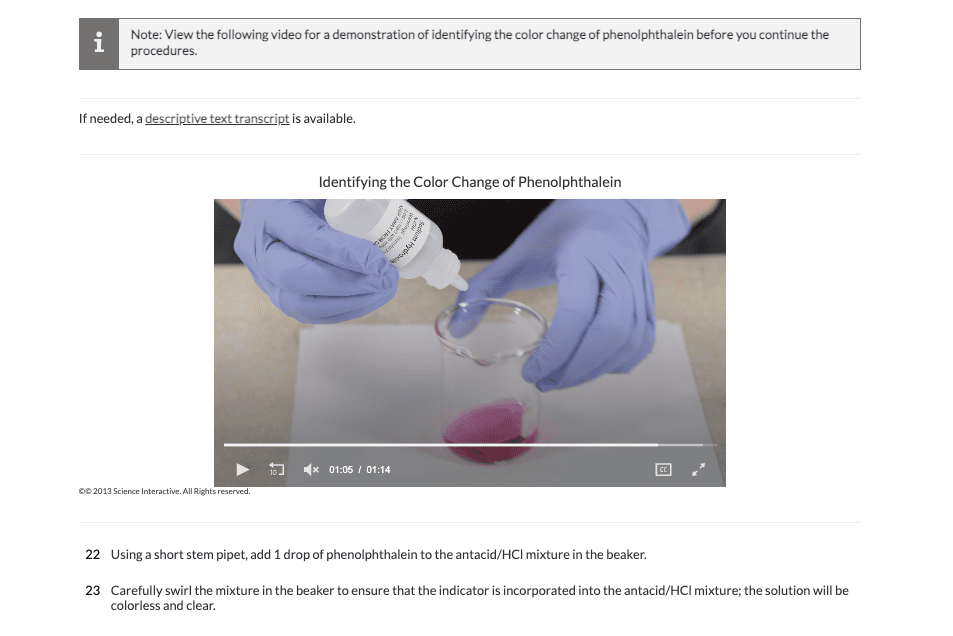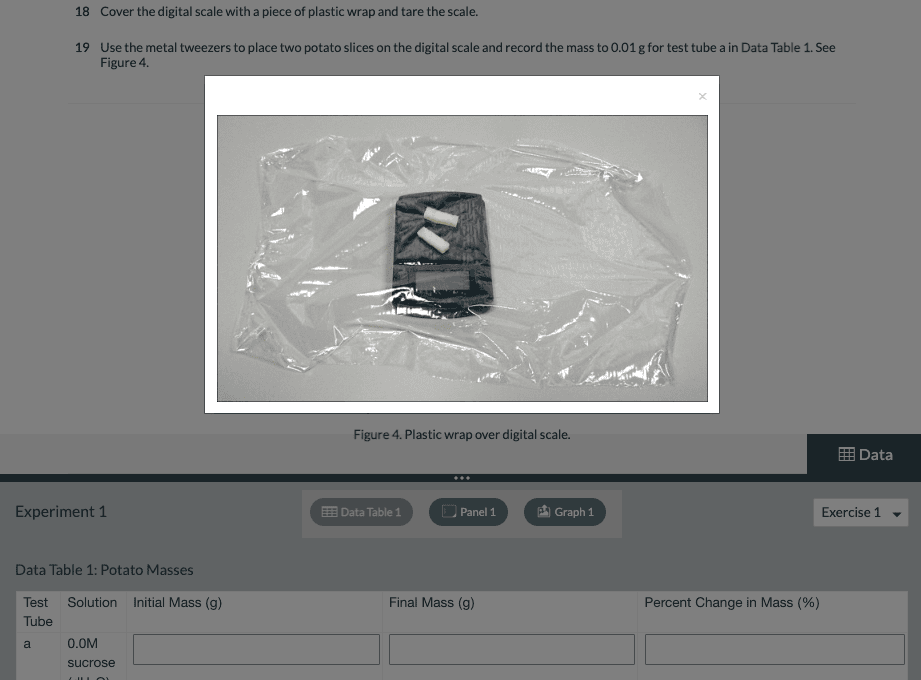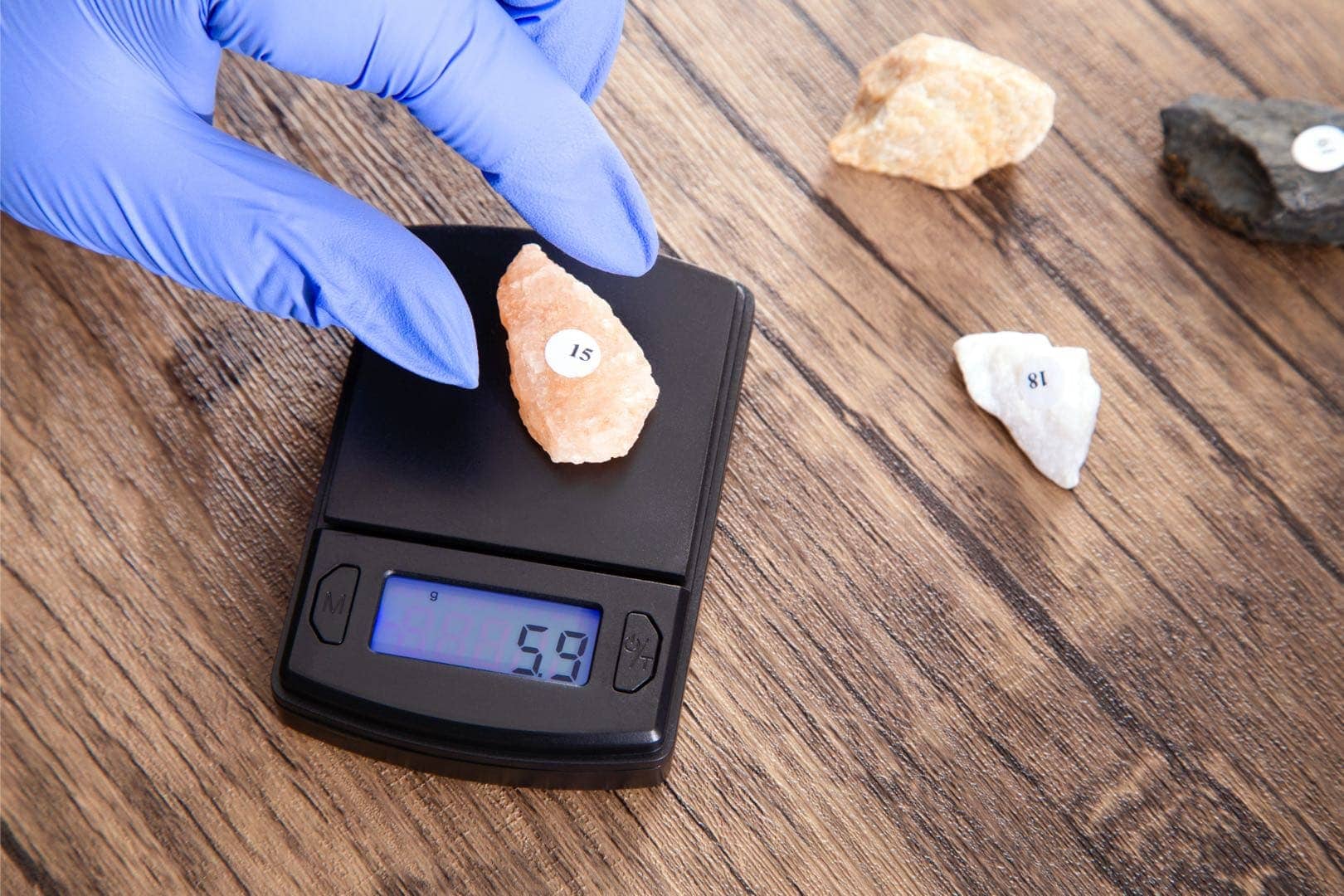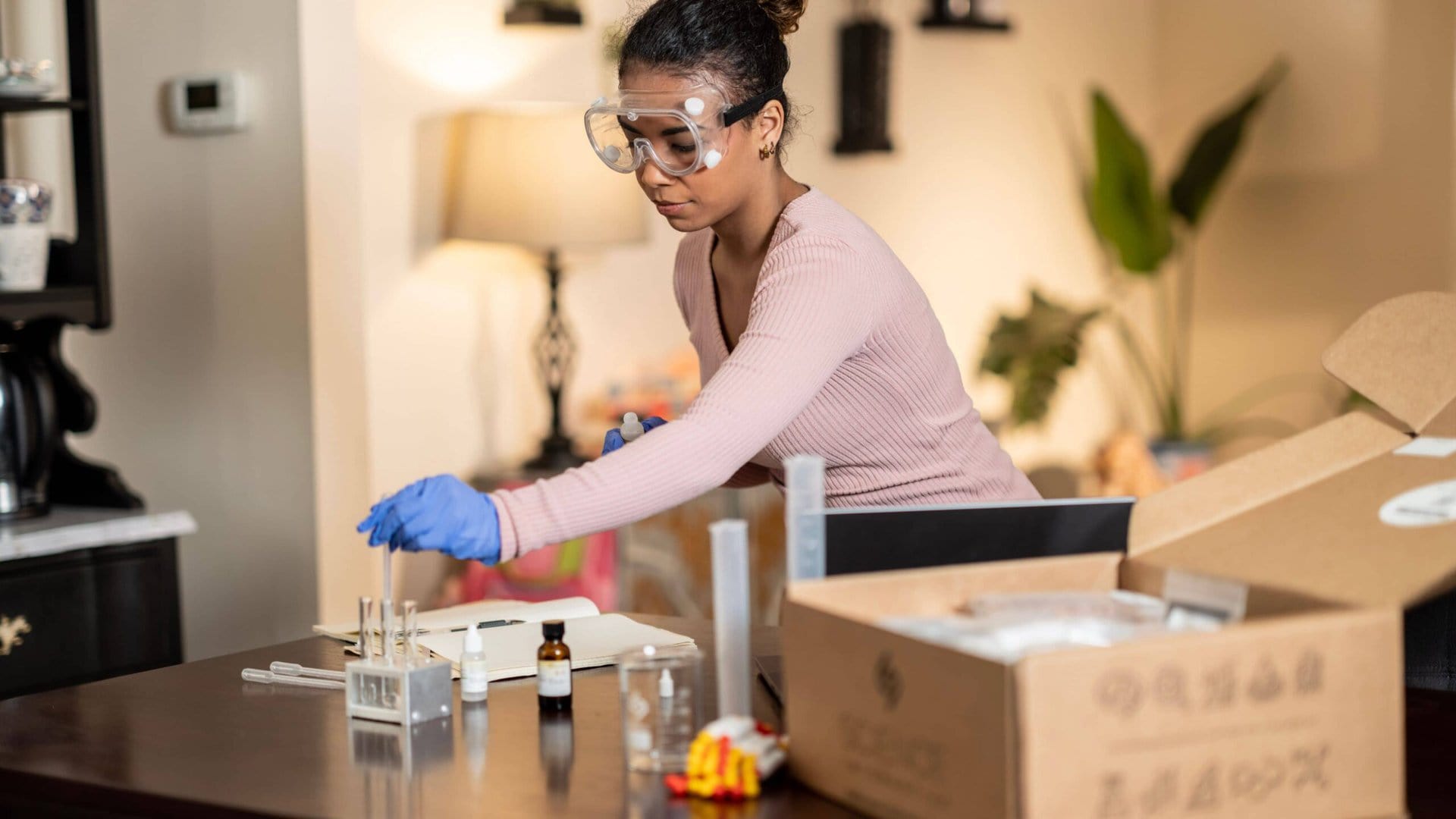Match the rigor of on-campus learning online
Give online science students an authentic lab experience no matter where they’re learning from.
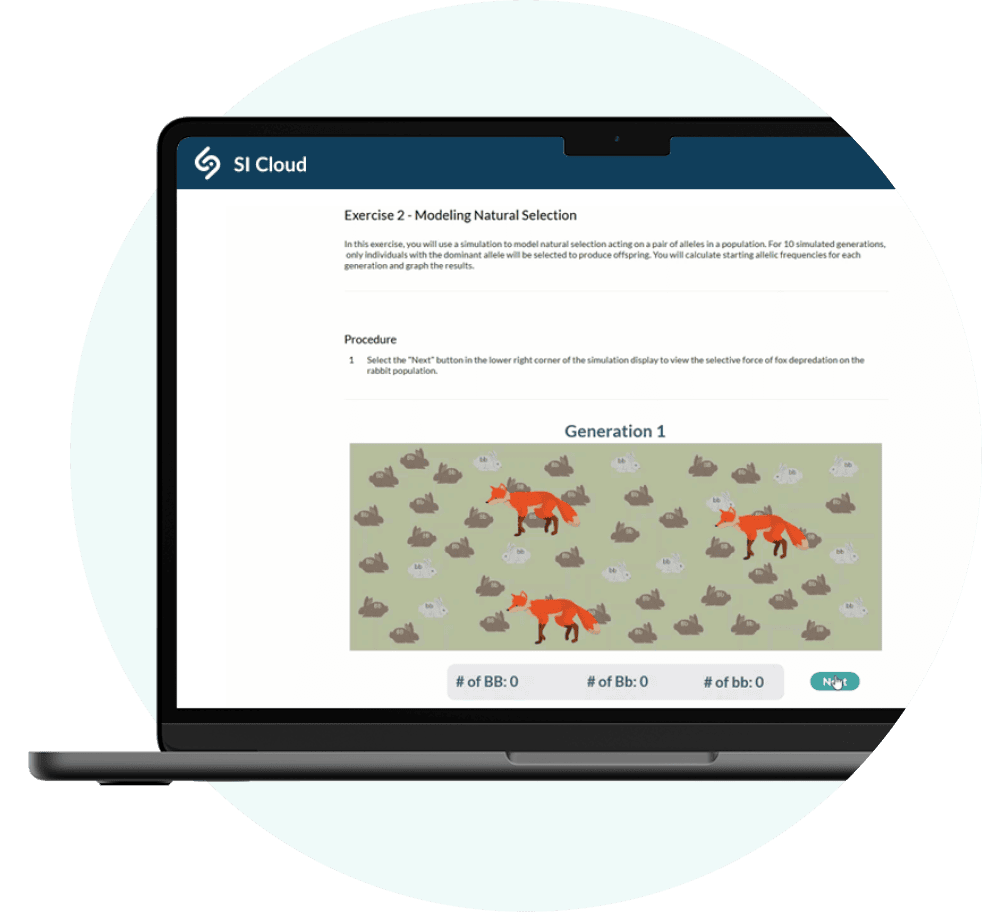
Trusted by over 1,000 institutions of all sizes



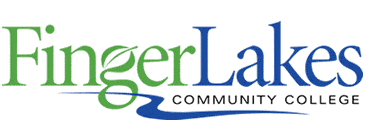

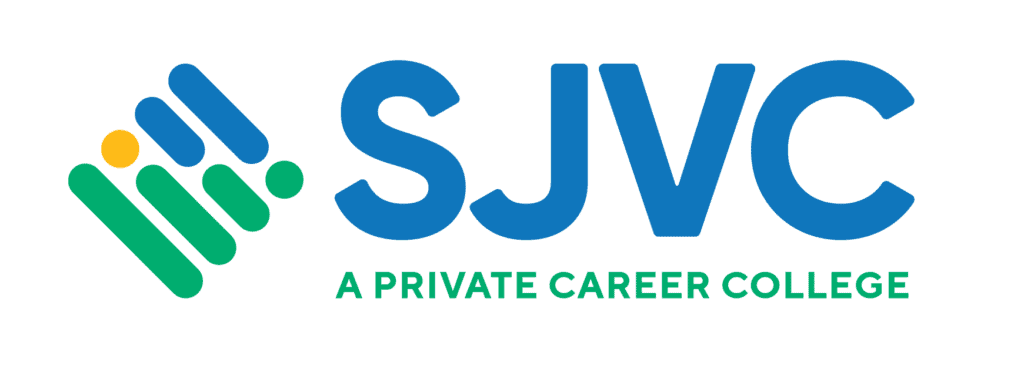

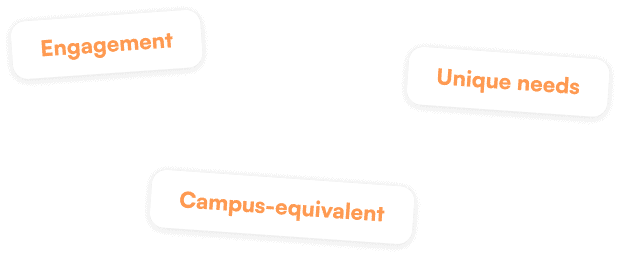
Barriers to offering quality college science labs online
The 2024 Annual Lab Report showed 75% of institutions reporting increased demand for online options from on-campus students.
But transitioning science courses online presents unique challenges.
- Fostering students engagement, confidence, and preparedness from afar
- Recreating a campus-equivalent lab experience for distance learning students
- Limited time and resources for faculty
- Meeting the unique needs of a diverse student population
With Science Interactive, you can –
Easily launch high-quality online science courses
Launch academically rigorous online science courses in as little as a few weeks. All courses across 15 disciplines, are aligned with Quality Matters standards – and can be customized easily.
Replicate real-world lab experiences online
Our ready-to-use lab kits are composed of lab-grade materials to help your students grasp scientific concepts, procedures, and techniques – even if they never set foot on campus.
Teach with peer-reviewed & QM-certified content
Every discipline is certified by Quality Matters, so you can confidently teach the skills and concepts students need to achieve in your online course.
Guide and assess students' progress easily
The lab management platform makes it easy for you to track students’ progress as they follow and complete their virtual and hands-on experiments. It also integrates with your LMS so you can quickly assess students’ work and sync their grades.
Build authentic lab experiences for online students with Science Interactive

Recreate the on-campus lab experience anywhere with ready-to-use lab kits, designed with lab-grade materials, shipped directly to students. Choose from hundreds of labs that align with your course goals and learning objectives.
What Students & Instructors Say
Based on +2100 students & educators in the 2024 Annual Lab Report
of students say it is important to them to be able to take their science course(s) online.
If online options weren’t available 30% wouldn't have enrolled at all.
of instructors said Science Interactive hands-on labs were comparable to an in-person lab experience.
of students said the cost of the hands-on labs were aligned with the value of being able to do them from home.
Lab Preview
Choose from a mix of 460+ hands-on and virtual labs to create a quality lab experience. Here are examples of what you can expect:

